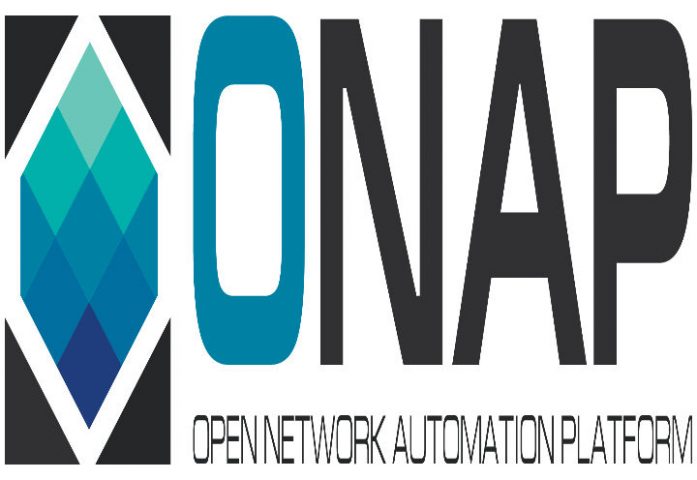ONAP Amsterdam focuses on virtual network automation
The Open Network Automation Platform (ONAP) announced the release of ONAP Amsterdam, a unified architecture for closed-loop, end-to-end network automation. The purpose of the platform is to decrease costs and time for virtual network functions (VNF) vendors, enabling operators to optimize their best selection of commercial VNF offerings for each of their services, according to the release.
ONAP is an open source community that focuses on the lifecycle management of VNFs. The group is a joint effort of AT&T’s Open ECOMP and the Linux Foundation’s Open-O working to harmonize the open source network automation space. Since the two groups teamed up, ONAP has grown to encompass 58 members.
ONAP Amsterdam combines the contributed code of both Open ECOMP and Open-O. It includes verified blueprints for two initial use cases, including Voice Over LTE (VoLTE), which allows voice to be unified onto IP networks, and residential vCPE, which allows service providers to add additional services quickly and on-demand to residential customers.
“In six short months, the community has rallied together to produce a platform that transforms the service delivery lifecycle via closed-loop automation,” said Mazin Gilbert, ONAP Technical Steering Committee (TSC) chair, and vice president, Advanced Technology, AT&T Labs. “This initial release provides blueprints for service provider use cases, representing the collaboration and innovation of the community.”
The architecture consists of three primary parts, including design-time, run-time and managed environment, through a single, service orchestration platform. The design-time includes the VNF software development kit (SDK), catalog policy and Closed Loop Automation Management Platform (CLAMP), a platform made for developing and provisioning control loops.
ONAP emphasized Amsterdam is a production code that is already being leveraged by AT&T and China Mobile. In addition, both Bell and Orange have began collaborating with AT&T ECOMP. Vodafone Group, which joined ONAP as a Platinum member in September, is also reviewing the use of ONAP modules in its Ocean transformation program.
ONAP intends to create and test more uses cases with future releases. The second release, dubbed Beijing, is scheduled for next summer, which will focus on scalability, stability, security and performance enhancements.

